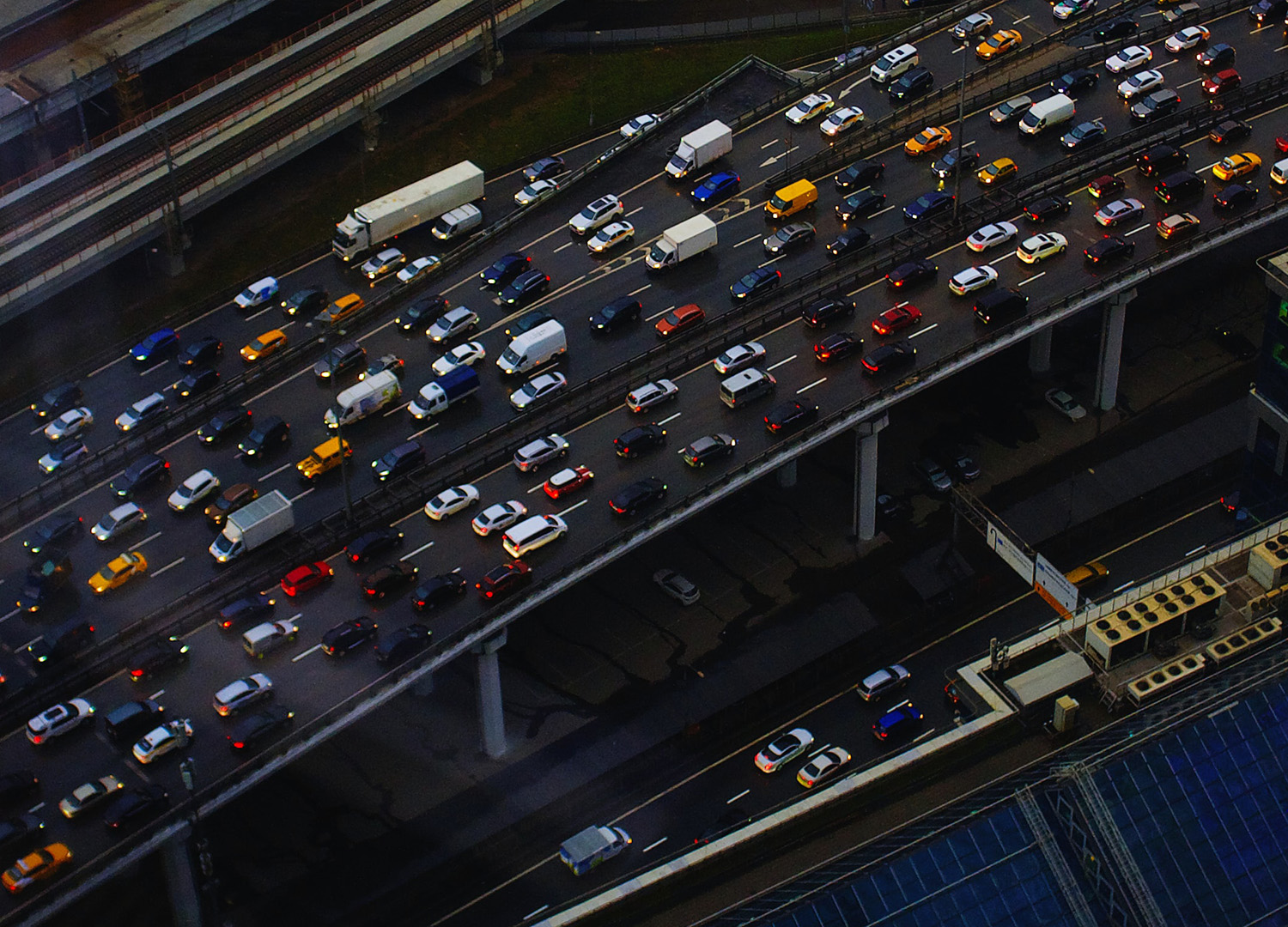First of all, the unmanned vehicles began their operation around closed territories such as “Skolkovo”, Sberbank University, plus several others. For approximately one year already, anyone wishing to do so may have a ride around these territories. However, it is entirely another thing to go out onto the city streets. The quality of road infrastructure, along with map precision, will be the fundamental role played here. Moscow is among the leaders according to these parameters, where unmanned vehicles are already in position to venture out onto the streets of several neighborhoods.
What next? Andrei Volgin, Urbantech Group of Companies’ Project Manager, answers this question “at the wheel”.
Urbantech’s Project Manager, Andrei Volgin:
“Which city will be next? Only time will tell. In my opinion, there will be a battle between St. Petersburg and Kazan. The thing is that besides high-quality road markings, precise road signs and other similar basic factors necessary for unmanned vehicles, the V2X network (the connection between the car and road infrastructure, including traffic lights) will be required. It is not an essential condition; however, the presence of this network will enable a significant increase in the unmanned vehicles’ speed to raise road traffic safety, and also to reduce the load on computing systems.”
“Unmanned vehicles are also highly suitable for intercity transportation, particularly freight. A high-quality infrastructure is also required in such cases - meaning roads which bypass residential areas, a stable connection, the V2X network, and ideally a separate lane dedicated to such vehicles. When moving along country roads, unmanned vehicles can form columns (so-called ‘platooning’), which means saving fuel and subsequently reducing transportation costs.”
By way of explanation, Andrei Volgin points to one of the hard-to-surmount obstacles on unmanned vehicles’ path to appearing on public roads - the quality of these roads, which is often far from ideal. Additionally, long-lasting, bright road markings, and road signs that have been installed according to state standards, thorough clearing of snow in winter, bypass roads and a stable connection in far-flung places, plus separate lanes and the V2X network, are also needed.
Source: zr.ru
